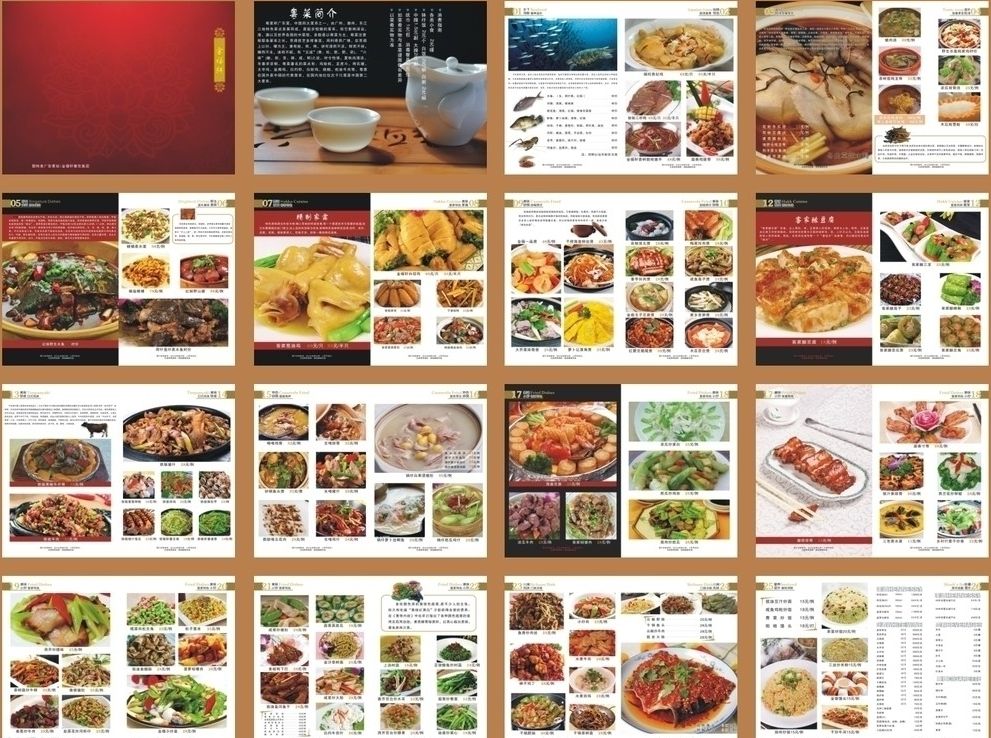
漢德百科全書 | 汉德百科全书
 Hongkong Tebiexingzhengqu-HK
Hongkong Tebiexingzhengqu-HK
 Asia-Pacific Economic Cooperation,APEC
Asia-Pacific Economic Cooperation,APEC

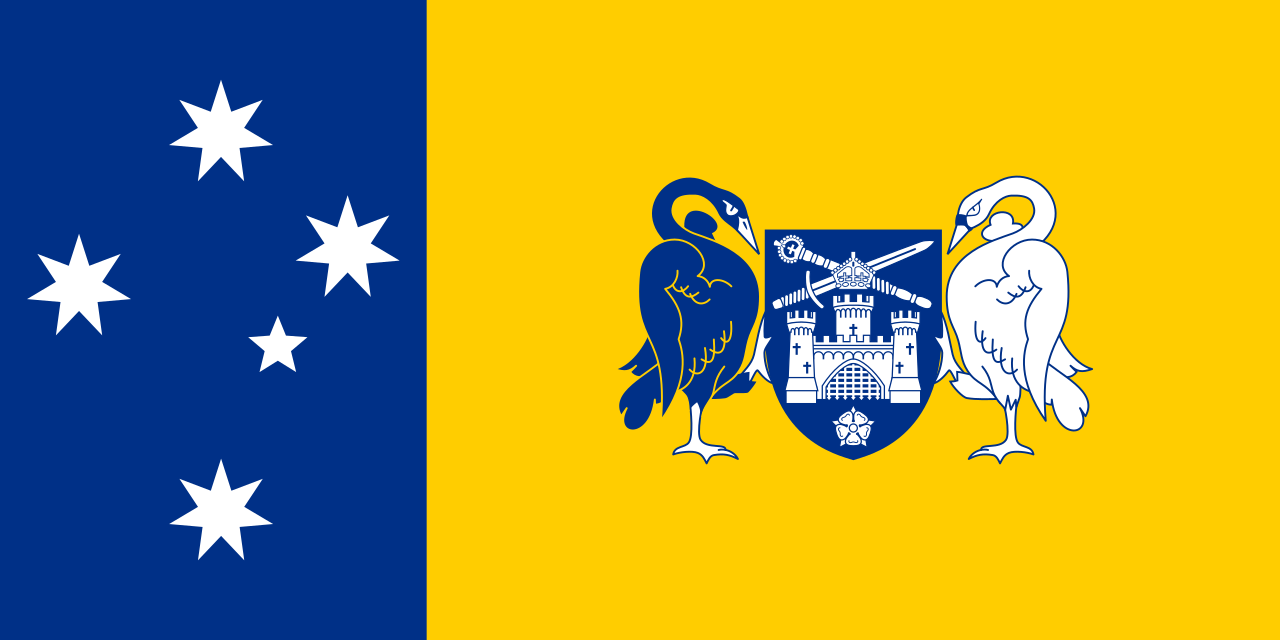 Australian Capital Territory-ACT
Australian Capital Territory-ACT
 Australia
Australia
 Beijing Shi-BJ
Beijing Shi-BJ

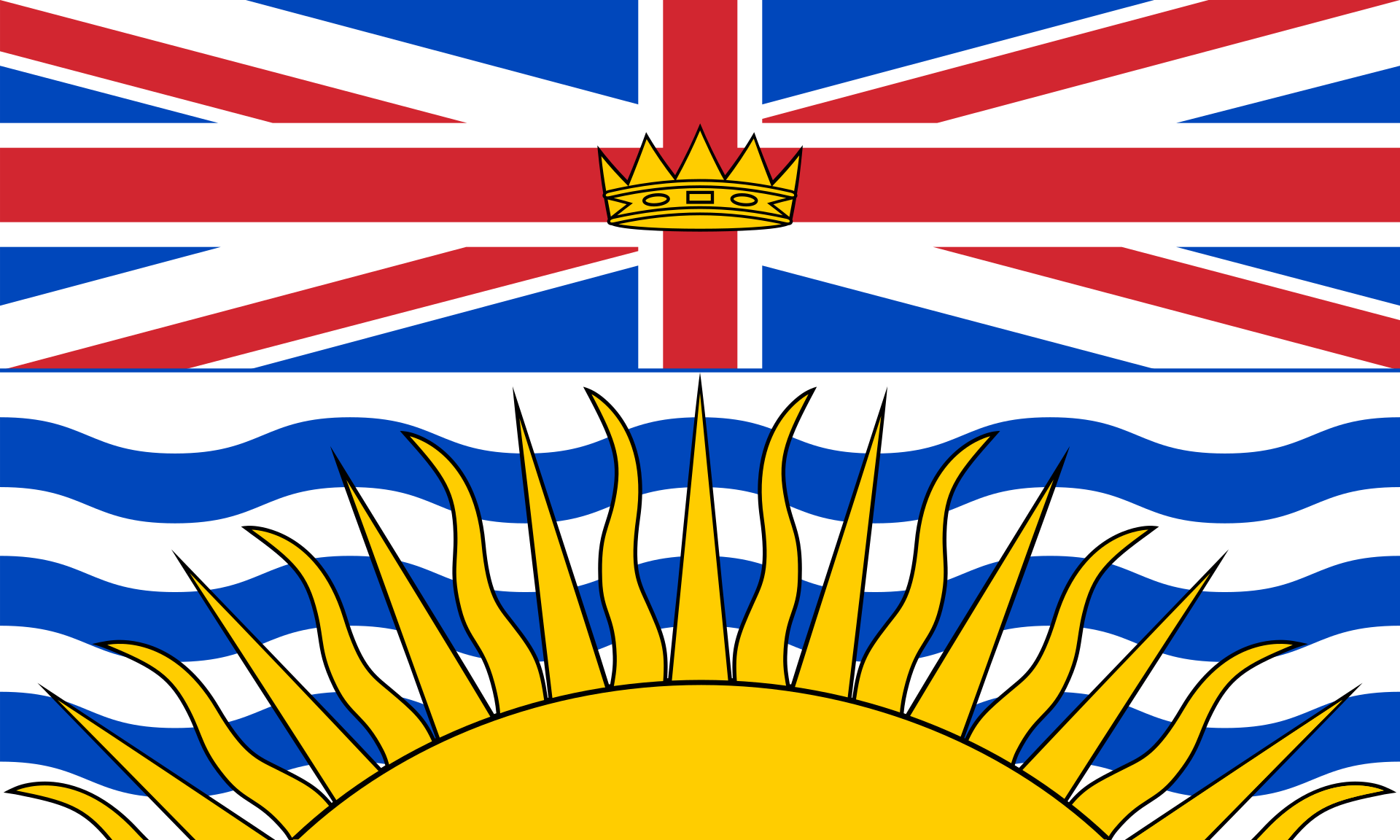 British Columbia-BC
British Columbia-BC
 Brunei Darussalam
Brunei Darussalam
 Chile
Chile
 China
China

 Hand in Hand
Hand in Hand

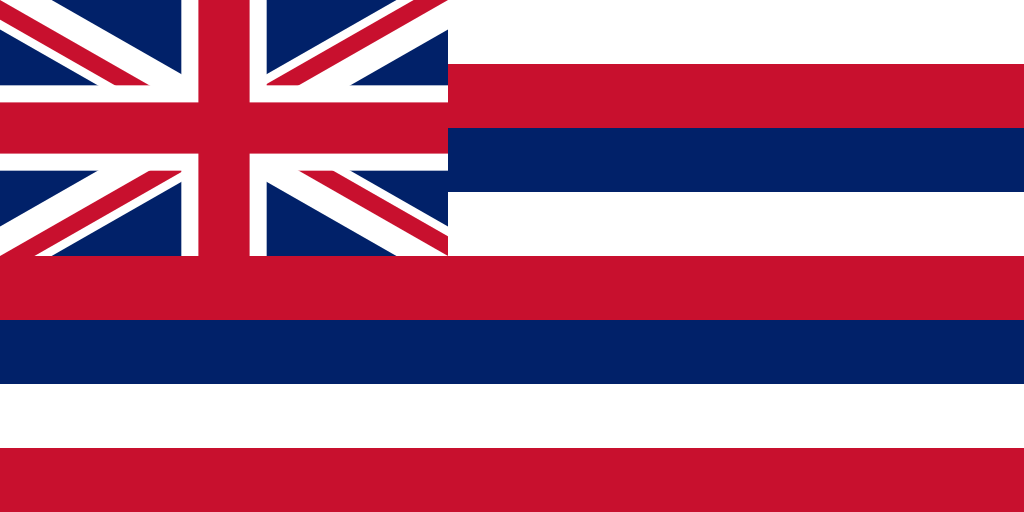 Hawaii-HI
Hawaii-HI
 Hongkong Tebiexingzhengqu-HK
Hongkong Tebiexingzhengqu-HK
 Indonesia
Indonesia
 Japan
Japan
 Canada
Canada
 Kantō
Kantō
 Kinki
Kinki
 Malaysia
Malaysia
 Mexico
Mexico
 New Zealand
New Zealand

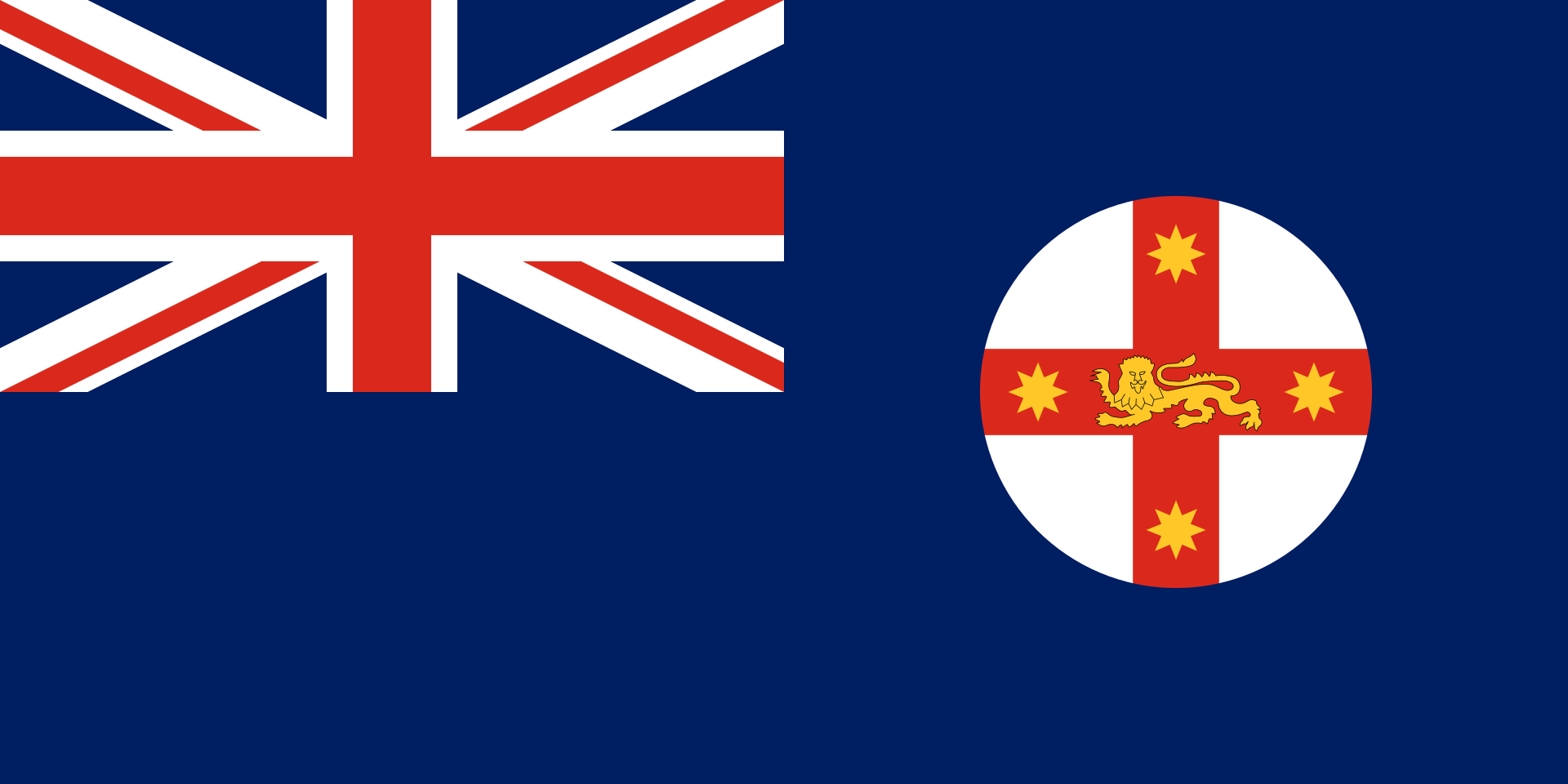 New South Wales-NSW
New South Wales-NSW
 Papua-Neuguinea
Papua-Neuguinea

 Party and government
Party and government

 Party and government
Party and government
 Asia-Pacific Economic Cooperation,APEC
Asia-Pacific Economic Cooperation,APEC
 Peru
Peru
 Philippines
Philippines
 Republic of Korea
Republic of Korea
 Russia
Russia
 Shanghai Shi-SH
Shanghai Shi-SH
 Singapore
Singapore
 Taiwan Sheng-TW
Taiwan Sheng-TW
 Thailand
Thailand
 United States
United States
 Vietnam
Vietnam

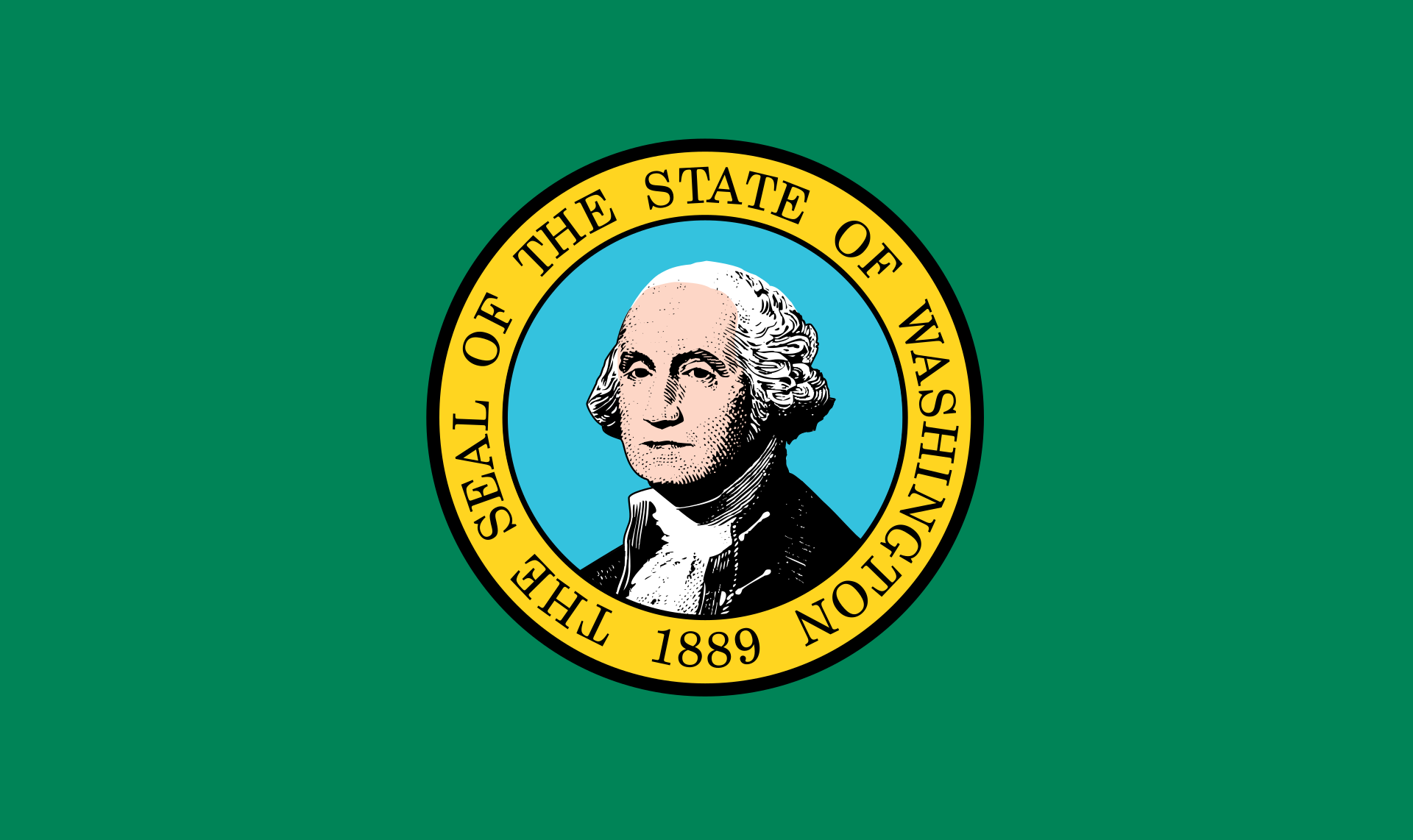 Washington-WA
Washington-WA

 Important International Organizations
Important International Organizations
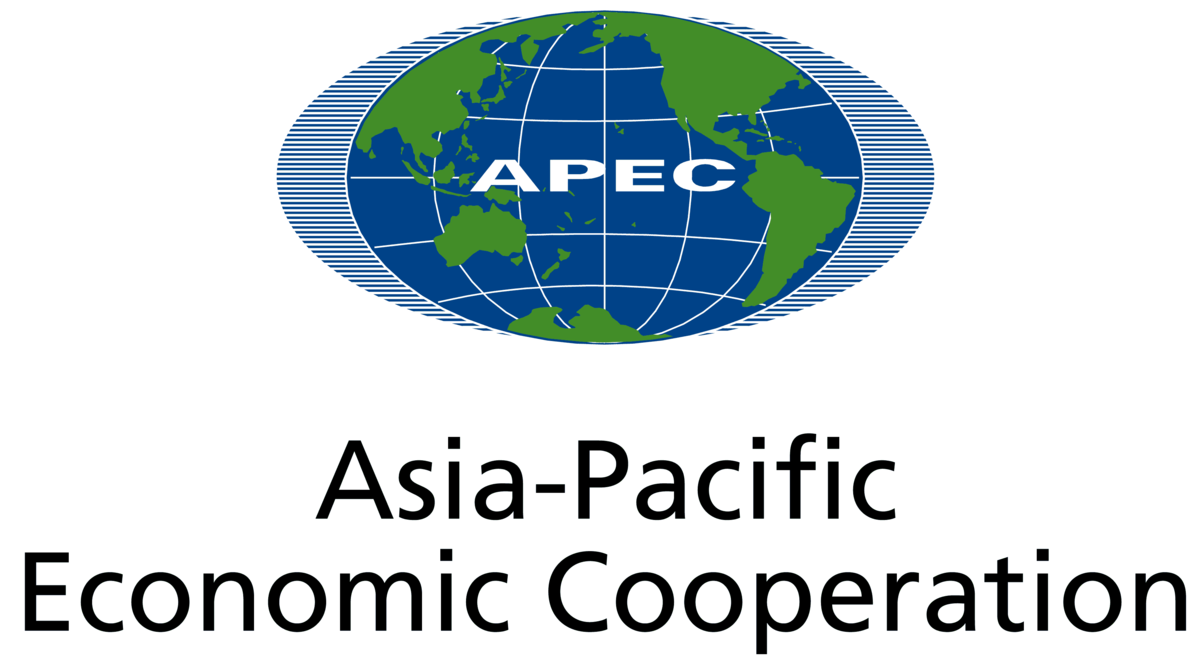
Die Asiatisch-Pazifische Wirtschaftsgemeinschaft (für englisch Asia-Pacific Economic Cooperation, kurz APEC, auch übersetzt als Asiatisch-Pazifische Wirtschaftskooperation oder Asien-Pazifik-Forum) ist eine internationale Organisation, die es sich zum Ziel gesetzt hat, im pazifischen Raum eine Freihandelszone einzurichten.
In den 21 APEC-Staaten lebt knapp die Hälfte der Weltbevölkerung. Der Wirtschaftsraum erbringt mehr als die Hälfte der Weltwirtschaftsleistung und ist eine der am schnellsten wachsenden Wirtschaftsregionen der Welt.
亚太经济合作组织(简称亚太经合组织;英语:Asia-Pacific Economic Cooperation,缩写:APEC),是亚太区内各地区之间促进经济成长、合作、贸易、投资的论坛。此组织的创办在历史上取代了该区域的冷战结构,但由于日本在该区域会因过去历史记忆引发负面评价,所以由澳大利亚主导创始事项[1]。
始设于1989年,现有21个经济体成员。亚太经合组织是经济合作的论坛平台,其运作是通过非约束性的承诺与成员的自愿,强调开放对话及平等尊重各成员意见,不同于其他经由条约确立的政府间组织。“APEC”与“Asia-Pacific Economic Cooperation”均是亚太经济合作组织的注册商标。[2]
アジア太平洋経済協力会議(アジアたいへいようけいざいきょうりょくかいぎ、英: Asia-Pacific Economic Cooperation)は、環太平洋地域における多国間経済協力を進めるための非公式なフォーラム[2]である。略称、APEC(エイペック[3][4])。
「アジア太平洋」という概念が最初に打ち出されたのは、永野重雄が1967年に発足させた太平洋経済委員会(PBEC)という経済団体の設立時であるとされるが[5][6][7]、具体的にこうした地域概念が政府レベルの協力枠組みに発展する萌芽は、1978年、日本の大平正芳首相が就任演説で「環太平洋連帯構想」を呼びかけたことにある。これを具体化した大平政権の政策研究会「環太平洋連帯研究グループ」(議長:大来佐武郎、幹事佐藤誠三郎)の報告を受け、大平がオーストラリアのマルコム・フレイザー首相に提案して強い賛同を得たことが、1980年9月の太平洋経済協力会議(PECC)の設立につながった。PECCは地域における様々な課題を議論し研究するセミナーといった趣のものであったが、これを土台にして、各国政府が正式に参加する会合として設立されたのが、APECである[8][9]。
APECは、1989年にオーストラリアのホーク首相の提唱で、日本・アメリカ合衆国・カナダ・韓国・オーストラリア・ニュージーランド及び当時の東南アジア諸国連合(ASEAN)加盟6か国の計12か国で発足し、同国のキャンベラで閣僚会議(Ministerial Meeting)を開催した。また、1993年には米国のシアトルで初の首脳会議(Economic Leaders' Meeting)がもたれた。現在は、首脳会議、及び、外相、経済担当相による閣僚会議をそれぞれ年1回開いている。シンガポールに常設事務局を置き、開催国から任期1年で事務局長が選任されている[10]。 参加しているメンバーは、21カ国・地域で、2012年現在、人口では世界の41.4%、GDP(国内総生産)では57.8%、貿易額では47%を占めている。
APECは、開かれた地域協力によって経済のブロック化を抑え、域内の貿易・投資の自由化を通じて、世界貿易機関(WTO)のもとでの多角的自由貿易体制を維持・発展することを目的としてきたが、近年のWTOの新ラウンドの停滞や自由貿易協定締結の動きの活発化などによって、その存在意義が問われている。
Asia-Pacific Economic Cooperation (APEC) is an inter-governmental forum for 21 Pacific Rim member economies[2] that promotes free trade throughout the Asia-Pacific region. Inspired from the success of Association of Southeast Asian Nations (ASEAN)’s series of post-ministerial conferences launched in the mid-1980s, the APEC was established in 1989 in response to the growing interdependence of Asia-Pacific economies and the advent of regional trade blocs in other parts of the world; and to establish new markets for agricultural products and raw materials beyond Europe.[3][4][5] Headquartered in Singapore, the APEC is recognised as one of the oldest forums and highest-level multilateral blocs in the Asia-Pacific region, and exerts a significant global influence.[6][7][8][9][10][11]
An annual APEC Economic Leaders' Meeting is attended by the heads of government of all APEC members except Republic of China (Taiwan) (which is represented by a ministerial-level official under the name Republic of China as economic leader).[12] The location of the meeting rotates annually among the member economies, and a famous tradition, followed for most (but not all) summits, involves the attending leaders dressing in a national costume of the host country. APEC has three official observers: the Association of Southeast Asian Nations Secretariat, the Pacific Economic Cooperation Council and the Pacific Islands Forum Secretariat.[13] APEC's Host Economy of the Year is considered to be invited in the first place for geographical representation to attend G20 meetings following G20 guidelines.[14][15][16][17]
La Coopération économique pour l'Asie-Pacifique (en anglais : Asia-Pacific Economic Cooperation, APEC) est un forum économique intergouvernemental visant à faciliter la croissance économique, la coopération, les échanges et l'investissement de la région Asie Pacifique. Elle se réunit chaque année1.
L'Asia-Pacific Economic Cooperation (APEC), ossia Cooperazione Economica Asiatico-Pacifica, è un organismo nato nel 1989 allo scopo di favorire la cooperazione (o, più in generale, la crescita) economica, il libero scambio e gli investimenti nell'area asiatico-pacifica. Tale area (come suggerisce il logo stesso dell'APEC) coincide non solo con l'Asia Pacifica, ma potenzialmente con l'intero Pacific Rim.
L'APEC ha sede a Singapore, Paese considerato una delle tigri dell'Asia.
Dal punto di vista del diritto internazionale l'APEC si definisce organismo e non organizzazione internazionale perché, essendo composto da economie e non da Stati, è privo di una piena personalità giuridica. Ciò spiega, fra l'altro, come mai possano farne parte contemporaneamente la Cina continentale, Hong Kong e Taiwan, ossia tre realtà che, territorialmente (secondo Pechino e secondo tutti i governi che intrattengono relazioni diplomatiche con Pechino), appartengono a un unico Stato: la Repubblica Popolare di Cina.
APEC (Asia-Pacific Economic Cooperation, en español Foro de Cooperación Económica Asia-Pacífico) es un foro multilateral creado en 1989, con el fin de consolidar el crecimiento y la prosperidad de los países del Pacífico, que trata temas relacionados con el intercambio comercial, coordinación económica y cooperación entre sus integrantes.1
Como mecanismo de cooperación y concertación económica, está orientado a la promoción y facilitación del comercio, las inversiones, la cooperación económica y técnica y al desarrollo económico regional de los países y territorios de la cuenca del océano Pacífico. Fomentando un crecimiento económico inclusivo, equitativo, sustentable e innovador.2
La suma del Producto Nacional Bruto de las veintiuna economías que conforman el APEC equivale al 56 % de la producción mundial, en tanto que en su conjunto representan el 46 % del comercio global.
La APEC no tiene un tratado formal. Sus decisiones se toman por consenso y funciona con base en declaraciones no vinculantes. Tiene una Secretaría General, con sede en Singapur, que es la encargada de coordinar el apoyo técnico y de consultoría. Cada año uno de los países miembros es huésped de la reunión anual de la APEC. La vigésimo novena cumbre se realizó en noviembre de 2017 en Da Nang, Vietnam; y la próxima será en Santiago, Chile.
Азиатско-Тихоокеанское экономическое сотрудничество (АТЭС) (англ. Asia-Pacific Economic Cooperation, APEC) — форум 21 экономики Азиатско-Тихоокеанского региона для сотрудничества в области региональной торговли и облегчения и либерализации капиталовложений.
Целью АТЭС является повышение экономического роста, процветания в регионе и укрепление азиатско-тихоокеанского сообщества. В экономиках-участницах проживает около 40 % мирового населения, на них приходится приблизительно 54 % ВВП и 44 % мировой торговли[1].

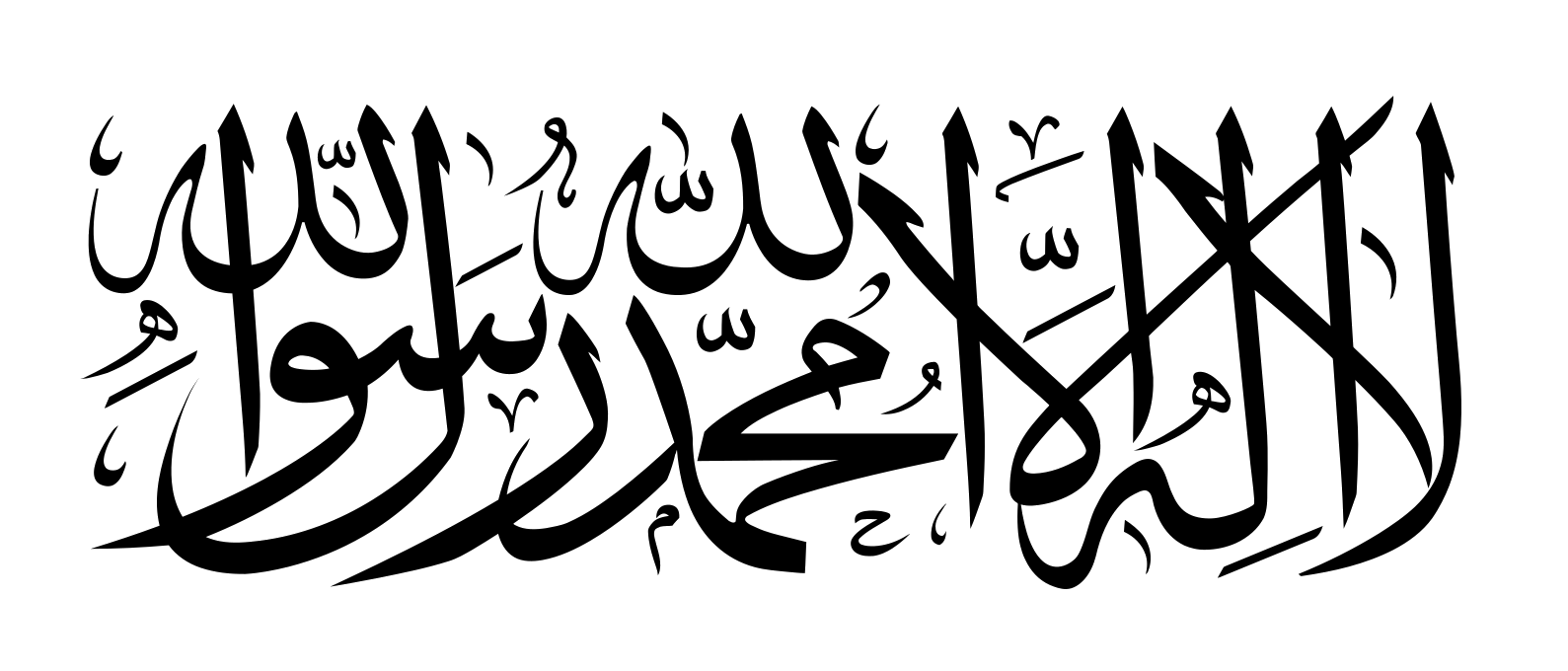 Afghanistan
Afghanistan
 Armenia
Armenia
 Azerbaijan
Azerbaijan
 Asian Development Bank,ADB
Asian Development Bank,ADB
 Asian Development Bank,ADB
Asian Development Bank,ADB
 Haruhiko Kuroda
Haruhiko Kuroda
 Asian Development Bank,ADB
Asian Development Bank,ADB
 Kimimasa Tarumizu
Kimimasa Tarumizu
 Asian Development Bank,ADB
Asian Development Bank,ADB
 Masao Fujioka
Masao Fujioka
 Asian Development Bank,ADB
Asian Development Bank,ADB
 Masatsugu Asakawa
Masatsugu Asakawa
 Asian Development Bank,ADB
Asian Development Bank,ADB
 Mitsuo Sato
Mitsuo Sato
 Asian Development Bank,ADB
Asian Development Bank,ADB
 Shiro Inoue
Shiro Inoue
 Asian Development Bank,ADB
Asian Development Bank,ADB
 Tadao Chino
Tadao Chino
 Asian Development Bank,ADB
Asian Development Bank,ADB
 Takehiko Nakao
Takehiko Nakao
 Asian Development Bank,ADB
Asian Development Bank,ADB
 Takeshi Watanabe
Takeshi Watanabe
 Asian Development Bank,ADB
Asian Development Bank,ADB
 Taroichi Yoshida
Taroichi Yoshida
 Australia
Australia
 Bangladesh
Bangladesh
 Bhutan
Bhutan
 Brunei Darussalam
Brunei Darussalam
 China
China
 Denmark
Denmark
 Germany
Germany

 European Union
European Union

 Financial
Financial
 International Bank for Cooperation
International Bank for Cooperation
 Finland
Finland
 France
France
 Georgia
Georgia
 Hongkong Tebiexingzhengqu-HK
Hongkong Tebiexingzhengqu-HK
 India
India
 Indonesia
Indonesia
 Ireland
Ireland
 Italy
Italy
 Japan
Japan
 Cambodia
Cambodia
 Canada
Canada
 Kasachstan
Kasachstan
 Kyrgyzstan
Kyrgyzstan
 Laos
Laos
 Luxembourg
Luxembourg
 Malaysia
Malaysia

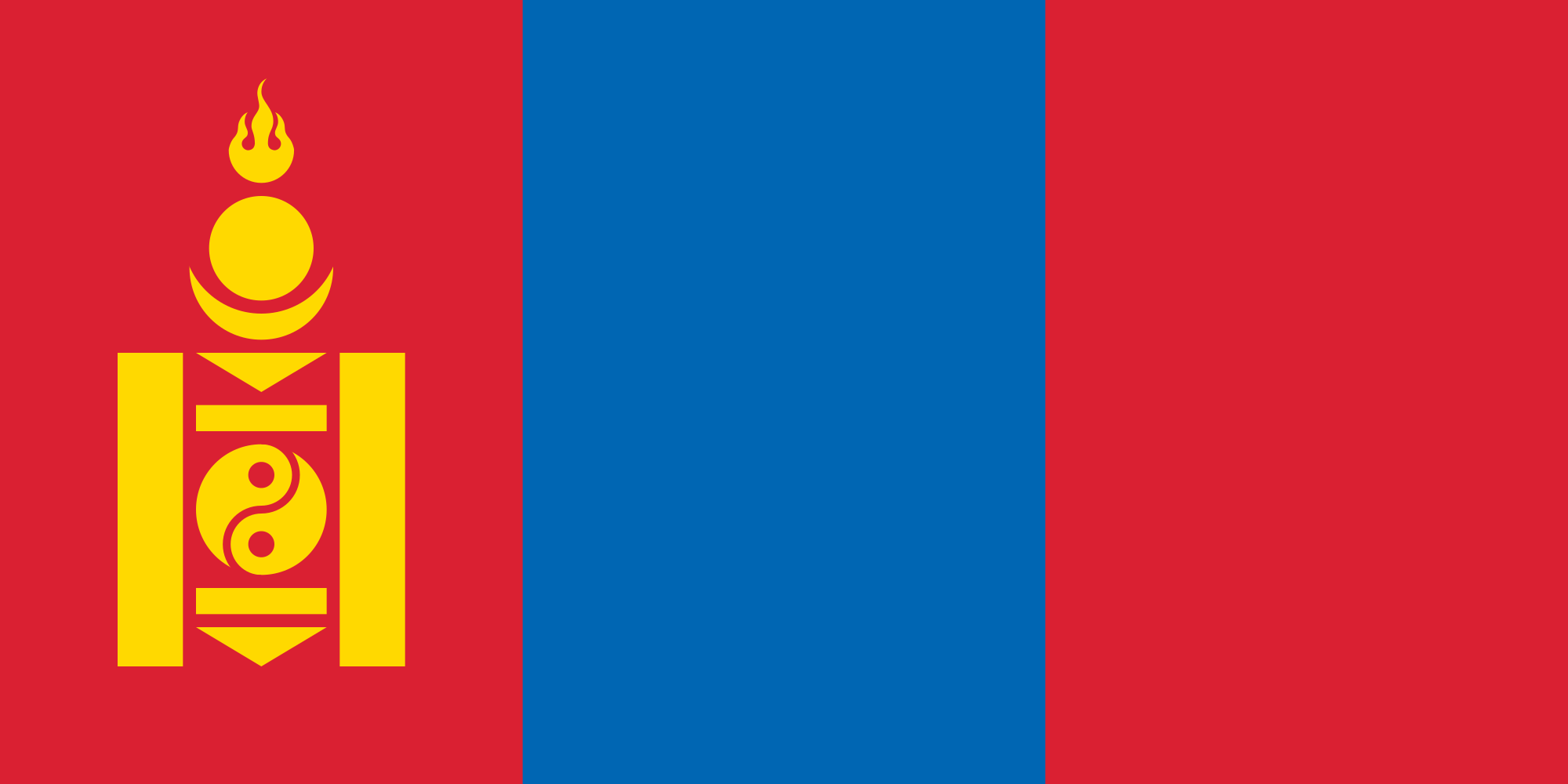 Mongolei
Mongolei
 Myanmar
Myanmar
 Nepal
Nepal
 New Zealand
New Zealand
 Netherlands
Netherlands
 Austria
Austria
 Pakistan
Pakistan
 Papua-Neuguinea
Papua-Neuguinea
 Philippines
Philippines
 Portugal
Portugal
 Republic of Korea
Republic of Korea
 Salomonen
Salomonen
 Sweden
Sweden
 Singapore
Singapore
 Sri Lanka
Sri Lanka
 Taiwan Sheng-TW
Taiwan Sheng-TW
 Takehiko Nakao
Takehiko Nakao
 Thailand
Thailand
 Tonga
Tonga
 Turkey
Turkey
 Turkmenistan
Turkmenistan
 Uzbekistan
Uzbekistan
 United States
United States
 United Kingdom
United Kingdom
 Vietnam
Vietnam

 Important International Organizations
Important International Organizations

 Economy and trade
Economy and trade
 Economic and political research
Economic and political research

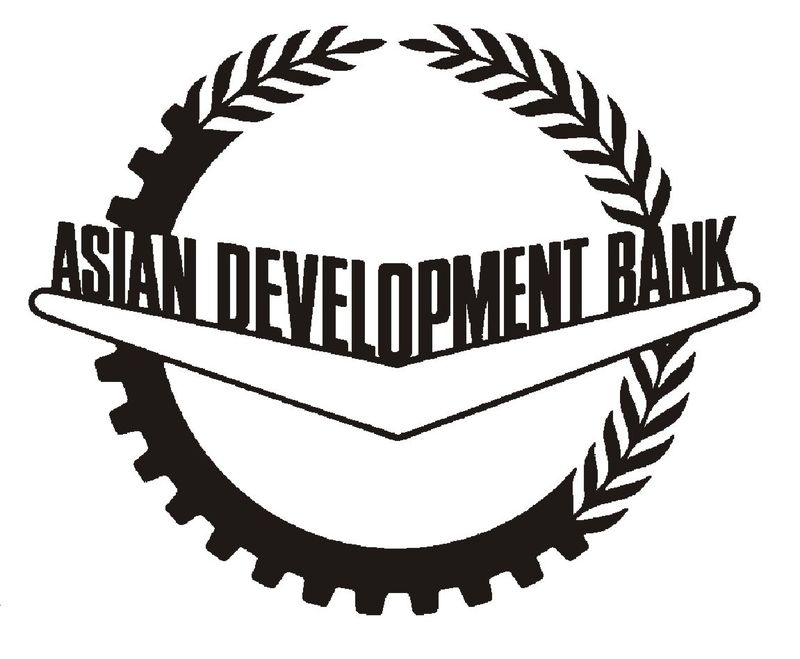
亚洲开发银行(英语:Asian Development Bank,缩写:ADB,简称亚银、亚行、亚开行),香港旧译亚洲发展银行,属于亚太地区的政府之间金融机构,其目的是为了促进亚洲经济与社会的发展。1966年12月19日成立,有31个创始会员国,目前有68个成员体,其中亚太有49个。总部设置于菲律宾马尼拉并在世界各地拥有31个办事处。亚洲开发银行仿照世界银行的股权制度,依照成员体的资本比例,得到相应比例的投票权。2014年以来,亚洲开发银行发布亚太创意生产指数年度报告。[3][4]亚洲开发银行为联合国观察员。
The Asian Development Bank (ADB) is a regional development bank established on 19 December 1966,[4] which is headquartered in the Ortigas Center located in the city of Mandaluyong, Metro Manila, Philippines. The company also maintains 31 field offices around the world[5] to promote social and economic development in Asia. The bank admits the members of the United Nations Economic and Social Commission for Asia and the Pacific (UNESCAP, formerly the Economic Commission for Asia and the Far East or ECAFE) and non-regional developed countries.[6] From 31 members at its establishment, ADB now has 68 members.
The ADB was modeled closely on the World Bank, and has a similar weighted voting system where votes are distributed in proportion with members' capital subscriptions. ADB releases an annual report that summarizes its operations, budget and other materials for review by the public.[7] The ADB-Japan Scholarship Program (ADB-JSP) enrolls about 300 students annually in academic institutions located in 10 countries within the Region. Upon completion of their study programs, scholars are expected to contribute to the economic and social development of their home countries.[8] ADB is an official United Nations Observer.[9]
El Banco Asiático de Desarrollo (BAsD) es una organización financiera para el desarrollo económico de Asia y el Pacífico. Su objetivo principal es la erradicación de la pobreza y facilitar ayudas para mejorar el nivel de vida de la población de la región a través de préstamos y colaboración técnica.
Creado en 1966 por 31 países. Hoy cuenta con 67 miembros (48 regionales y 19 no regionales). Estados Unidos y Japón son sus principales accionistas, con el 15,6% del capital cada uno.
El Banco tiene como su principal objetivo la lucha contra la pobreza. Para ello busca promover el crecimiento económico y la cooperación en la región de Asia-Pacífico, y acelerar el proceso de desarrollo económico de sus países miembros. Las dos terceras partes de personas pobres del mundo (aquellos que viven con menos de dos dólares diarios por persona), cerca de 1.800 millones de pobres, viven en esta región. El BAsD aprobó una nueva Estrategia a Largo Plazo (2008-2020) centrada en un crecimiento económico, medioambientalmente sostenible e integración regional.
Азиа́тский банк разви́тия (англ. Asian Development Bank) — банк, основанный в 1966 году, его главной задачей является стимулировать рост экономики в Азии и на Дальнем Востоке, направляя в эти регионы прямые займы и оказывая техническое содействие.
Штаб-квартира в Маниле (Филиппины). Президентом АБР с 28 апреля 2013 года является японец Такэхико Накао. 17 января 2020 года президентом станет Масацугу Асакава, избранный 2 декабря 2019 года[1].
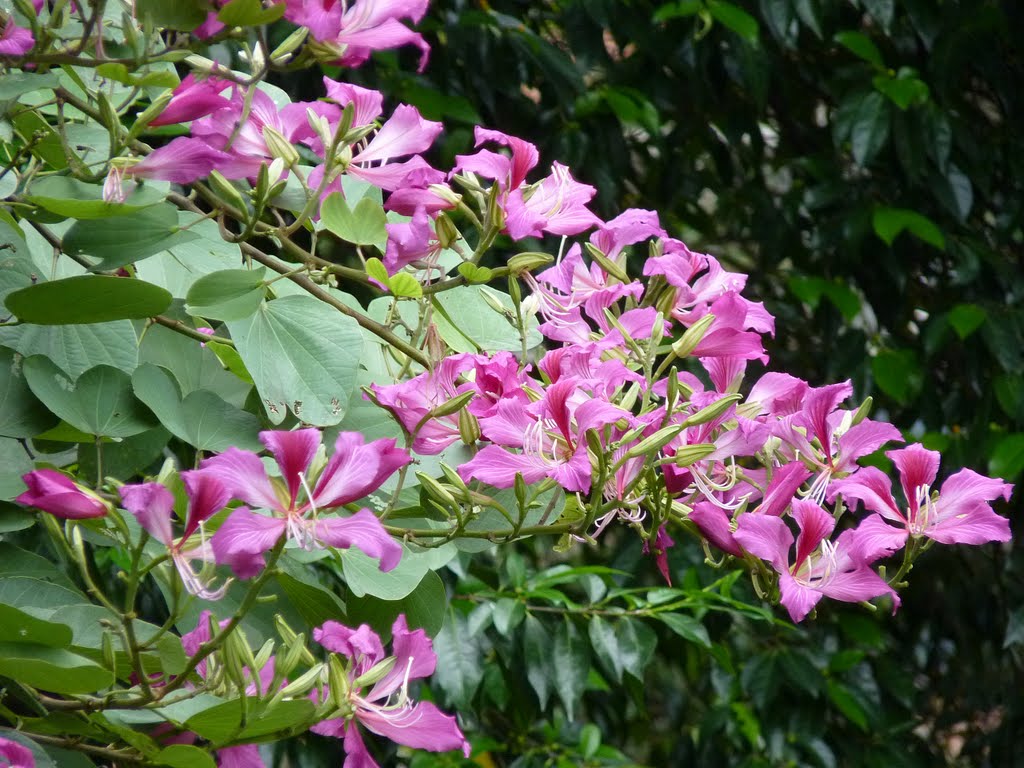



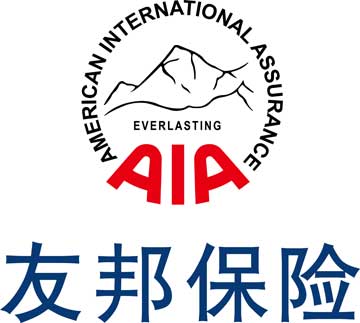
 China
China

 Holidays
Holidays
 Hongkong Tebiexingzhengqu-HK
Hongkong Tebiexingzhengqu-HK
 Macau Tebiexingzhengqu-MO
Macau Tebiexingzhengqu-MO
 Taiwan Sheng-TW
Taiwan Sheng-TW

 Traditions
Traditions
 Vietnam
Vietnam


Das Laternen- (chinesisch 燈節 / 灯节, Pinyin Dēngjié) oder Yuanxiao-Fest (chinesisch 元宵節 / 元宵节, Pinyin Yuánxiāojié) ist ein traditioneller chinesischer Feiertag, der das mehrtägige Neujahrsfest abschließt. Seine Ursprünge reichen bis in die Han-Dynastie (206 v. Chr. – 220 n. Chr.) zurück.
Am Laternenfest (15. Tag des 1. Mondmonats nach dem traditionellen chinesischen Kalender, also vierzehn Tage nach dem Neujahrstag) werden in China, Taiwan und Hongkong Laternenausstellungen veranstaltet. Die teilweise riesengroßen Exponate weisen eine Vielfalt von Farben und Formen auf und werden jedes Jahr neu angefertigt. Traditionell wurde auf ihre Herstellung große Sorgfalt verwendet. Beliebt sind etwa Darstellungen von Tierkreiszeichen, von symbolträchtigen Tieren, Pflanzen und Fabelwesen, von Szenen aus klassischen Romanen, Legenden und Erzählungen, aber auch Kampfszenen. Als Materialien sind bzw. waren u. a. lackiertes Holz, Perlmutt, Pergament, Papier und Horn gebräuchlich.
Ein wichtiger Teil der Laternenausstellung ist auch das Rätselraten: Die Darstellungen auf den Laternen enthalten Rätsel oder die Besitzer der Laternen kleben solche auf ihre Laternen, und die Besucher können sie abreißen, wenn sie ihre Lösung wissen. Wenn sie die Rätsel richtig geraten haben, bekommen sie ein kleines Geschenk. Auch die Kinder spielen in dieser Nacht mit selbst hergestellten oder gekauften Laternen auf der Straße.
Es ist auch Sitte, am Laternenfest Tangyuan (湯圓 / 汤圆, tāngyuán, Klößchen aus klebrigem Reismehl mit süßer Füllung) zu essen. Da im Chinesischen Tangyuan und Tuanyuan (團圓 / 团圆, tuányuán – „Familientreffen“) ähnlich klingen, werden diese symbolisch für Eintracht in der Familie gegessen. Auch gilt das Laternenfest als Tag der Brautschau und Ehestiftung.

粤菜即广东菜,是中国四大菜系、八大菜系之一。狭义上的粤菜指广府菜(即广州府菜),广义上又包含潮州菜(潮汕菜)、东江菜(也称客家菜)。粤菜源自中原,传承了孔子所倡导的“食不厌精,脍不厌细”的中原饮食风格,因此粤菜做法比较复杂、精细,如广府菜中的煲仔饭、烤乳猪源自周代“八珍”美食;烧鹅源自宋朝名菜烤鸭;点心从中原传到广东后演变出今天的虾饺、干蒸烧卖等广式点心。
广府菜范围包括珠江三角洲和韶关、湛江等地,具有清、鲜、爽、嫩、滑等特色,“五滋”、“六味”俱佳。广府菜是粤菜的代表,自古有“食在广州,厨出凤城(顺德)”、“食在广州,味在西关”的美誉 ,顺德更被联合国教科文组织授予世界“美食之都”称号。
潮州菜发源于广东潮汕地区,潮菜是粤菜的主干与粤菜的代表, 也有“食在广州、味在潮州”的说法。 在2004年荣获第五届全国烹饪技术比赛团体金奖, 2010年代表粤菜参加上海世博会,2012年代表中国菜参加韩国丽水世博会。潮州市2014年入选中国国际广播电台“全球网民推荐的最中国美食城市”。
广东客家菜主要流行在梅州、惠州、河源、韶关、深圳等地,范围包括梅江、东江和北江流域。客家菜可细分为“山系”、“水系”、“散客菜”。山系的“客家菜”,分布在梅州等地,而水系指的就是“东江菜”。梅州是客家菜之乡 ,而客家菜以东江菜为代表, 菜品多用肉类,极少水产,主料突出,讲究香浓,下油重,味偏咸,以砂锅菜见长,乡土气息浓郁。
粤菜最大特色便是用料丰富,配料多而巧。山珍海味、中外食品,无所不有,可谓全国之冠。粤菜可选原料多,自然也就精细。粤菜讲究原料的季节性,“不时不吃”。吃鱼,有“春鳊秋鲤夏三犁(鲥鱼)隆冬鲈”;吃虾,“清明虾,最肥美”;吃蔬菜要挑“时菜”,是指合季节的蔬菜,如菜心为“北风起菜心最甜”。除了选原料的最佳肥美期之外,粤菜还特别注意选择原料的最佳部位。
丰富精细的选材和清淡的口味恐怕是粤菜广受欢迎的重要原因。粤菜味道讲究“清、鲜、嫩、滑、爽、香”,追求原料的本味、清鲜味,粤菜调味品种类繁多,遍及酸、甜、苦、辣、咸、鲜。但只用少量姜葱、蒜头做“料头”,而少用辣椒等辛辣性作料,也不会大咸大甜。这种追求清淡、追求鲜嫩、追求本味的特色,既符合广东的气候特点,又符合现代营养学的要求,是一种科学的饮食文化。
广东人喜爱吃的白切鸡,把鸡浸在开水里浸熟,保持了鸡的原味,吃的时候才加姜、盐等配料。清平鸡是白切鸡中的佼佼者,被称为“广州第一鸡”。它只用白卤水浸制,不加任何配料,但皮爽肉滑洁白清香,骨都有味。
如此美味的粤菜,背后真正的英雄是一大批技艺超群的名厨大师。北京饭店的名师康辉早在上世纪80年代初就被法国名厨协会授予“烹饪大师”的称号,这是中国烹饪史上的第一回。祖籍广东的香港名厨杨贯一厨艺精湛,以“阿一鲍鱼,天下第一”的美誉驰名世界。广东烹饪技术力量雄厚,名师名厨辈出。他们以高超厨艺,让粤菜美食大放异彩,同时也培养了大量的烹饪后人。
烹调方法有21种之多,尤以蒸、炒、煎、焗、焖、炸、煲、炖、扣等见长,讲究火候,尤重“镬气”和现炒现吃,做出的菜肴注重色、香、味、形。口味上以清、鲜、嫩、爽为主,而且随季节时令的不同而变化,夏秋力求清淡,冬春偏重浓郁,并有“五滋”(香、酥、脆、肥、浓)、六味(酸、甜、苦、辣、咸、鲜)之别。选料丰富,品种花样繁多,山珍海味、鱼虾鳌蟹都能上席。风味注重质和味,口味比较清淡,力求清中求鲜、淡中求美。
广府菜范围包括整个珠江三角洲、香港、澳门,粤西和粤北部分地区, 用料丰富,选料精细,技艺精良,清而不淡,鲜而不俗,嫩而不生,油而不腻。擅长小炒,要求掌握火候和油温恰到好处。还兼容了许多西菜做法,讲究菜的气势、档次。 广府菜是粤菜的代表,顺德更被联合国教科文组织授予世界“美食之都”称号。
著名的广府菜有:白切鸡、烧鹅、烤乳猪、红烧乳鸽、蜜汁叉烧、脆皮烧肉、上汤焗龙虾、清蒸东星斑、阿一鲍鱼、鲍汁扣辽参、白灼象拔蚌、椒盐濑尿虾、蒜香骨、白灼虾、盆菜、椰汁冰糖燕窝、木瓜炖雪蛤、干炒牛河、广东早茶、老火靓汤、罗汉斋、广州文昌鸡、煲仔饭、支竹羊腩煲、萝卜牛腩煲、广式烧填鸭、豉汁蒸排骨、鱼头豆腐汤、菠萝咕噜肉、蚝油生菜、豆豉鲮鱼油麦菜、上汤娃娃菜、盐水菜心、鱼腐、香煎芙蓉蛋、鼎湖上素、烟筒白菜、鱼香茄子煲、太爷鸡、赛螃蟹、香芋扣肉、南乳粗斋煲、菜胆炖鱼翅、麒麟鲈鱼、姜葱焗肉蟹、玫瑰豉油鸡、牛三星、牛杂、布拉肠粉、虾饺、猪肠粉、云吞面、及第粥、艇仔粥、荷叶包饭、碗仔翅、流沙包、猪脚姜、糯米鸡、钵仔糕等。

 Guangdong Sheng-GD
Guangdong Sheng-GD
 Guangxi Zhuangzu Zizhiqu-GX
Guangxi Zhuangzu Zizhiqu-GX
 Hongkong Tebiexingzhengqu-HK
Hongkong Tebiexingzhengqu-HK
 Macau Tebiexingzhengqu-MO
Macau Tebiexingzhengqu-MO

| 母语国家和地区 | 中华人民共和国、越南、新加坡、马来西亚、印度尼西亚、泰国等东南亚华人社区、澳洲、纽西兰、美国、加拿大、英国等其它海外华人社区 |
|---|---|
| 区域 | 广东、广西、海南、香港、澳门、胡志明市、新加坡、马来亚中部、圣诞岛、加利福尼亚、卑诗等地 |
粤语(粤拼:Jyut6 jyu5),亦称广东话,在粤语使用区中又称白话,海外广东人多称之为唐话,是汉藏语系内汉语族或汉语方言下的一种声调语言[5][6][2],大约有两成[7] 或一百至两百个[8]侗泰语词汇,亦保留不少古汉语特征[9][10][11][12],语音上粤语代表广州话部分保留唐宋中古语音系统,平仄用韵契合唐宋诗词;词汇上保留诸多半文半白的古汉语词或语素,用语有文白夹杂特征[13]:103。若视汉语为一种语言,则粤语是汉语在广东和广西地区形成的一级方言,下分数支二级方言;若视汉语为汉语族,则粤语为其中一种语言,下有数支粤语的方言。无论采用哪种层级划分定义,粤语的地位都跟官话、吴语、闽语、晋语、湘语、客语、赣语等相同,要么同为独立语言,要么同为汉语下的一级方言。
全球以粤语为母语者有8490万人[1],主要分布于广东、广西、海南、香港和澳门等地,在广东省一亿人口中,使用人数超过6700万,是广东最主要的本土语言[14]。在中国境内,以粤语为母语的群体是继官话和吴语之后的第三名。随着近代两广地区人口向海外迁徙,粤语在加拿大及澳洲等地之华人社区中为使用人数最多的汉语[15][需要较佳来源]。粤语也是除了官话外,唯一在中国之外的大学有独立研究的汉语族语言[16][17][需要较佳来源]。此外,粤语在东南亚的新加坡、马来西亚、越南、印尼等以及北美洲、欧洲和澳洲、新西兰、圣诞岛等地的华人社区都有广泛分布。
Die kantonesische Sprache (chinesisch 廣東話 / 广东话, Jyutping Gwong2dung1waa2, Yale Gwóngdùngwá) oder Yue (粵語 / 粤语, Yuèyǔ, Jyutping Jyut6jyu5, Yale Yuhtyúhanhören (kantonesisch)ⓘ/?) ist eine chinesische Sprache, die vor allem in Südchina (Huanan) gesprochen wird.
 Botany
Botany
 Companies
Companies
 Film & TV Produktion
Film & TV Produktion
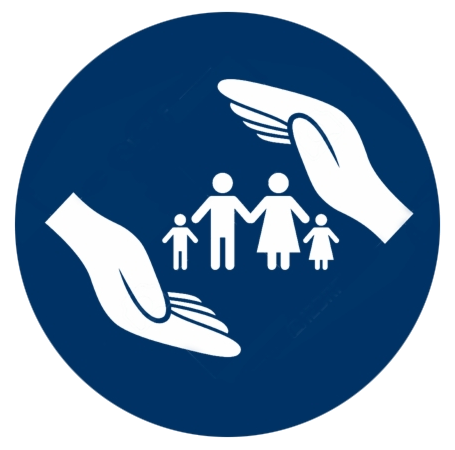 Insurance
Insurance
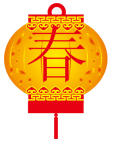 Spring Festival
Spring Festival
 Eat and Drink
Eat and Drink
 Vacation and Travel
Vacation and Travel
